We started this weblog in 2016 as part of an (at least for us) new approach to the communication of our research in the frame of the Göbekli Tepe excavations. Since then this online presence has been constantly growing – with meanwhile 143 contributions, about 53,000 yearly visitors and 127,000 site impressions (thanks a lot!) even beyond a scale we would have hardly imagined when we came up with the idea originally. Science communication has become an important part of our daily work – in archaeology and science in general as a still increasing interest constantly proves. Therefore we were looking to exchange the experiences and impressions gained over the last years, engaging in a discussion with colleagues to larn about other approaches and strategies how to best present research and results to a broader public audience – and to consequently develop the contents provided here.
With the annual meeting of the European Association of Archaeologists [external link] we found a great platform to reach out to and discuss with colleagues from all over the world. Together with our colleague Matt Knight from the University of Exeter we organised a session on “Communicating Archaeology and Cultural Heritage in a Post-Factual Age” (more details here) which was finally taking place in early September last year at the EAA’s conference on “Reflecting Futures” in Barcelona, Spain [external link]. We are very happy that many colleagues and active communicators joined us for this session, presenting their own work and experience in the field – and engaging in a really lively and producitve discussion.
Please find here a short report on session, individual presentations, the following discussion and outcome (originally published as: O. Dietrich and J. Notroff, Hashtag Scicomm: communicating archaeology in a post-factual age. Report on Session 371 at the 24th EAA Annual Meeting in Barcelona, Spain, TEA 59, 2019 [external link].)
Report on Session 371 at the 24th EAA Annual Meeting in Barcelona, Spain
Archaeology has been engaged in a constant dialogue with the public right from its beginnings as a scientific discipline. Spectacular discoveries have stirred large-scale interest and became positive icons associated with our field. Stories of search and discovery often glorify archaeology as adventure, and whether we like it or not many of us will have been associated with Indiana Jones once or twice.
On a much darker note, the 20th century has seen archaeology being misused to support political totalitarianism and extremist ideologies. And today, with archaeology enjoying a wide popularity, there still are attempts to exploit the past. Recent methodological developments like aDNA studies offer great opportunities, but also threaten bringing back these ghosts of the past by apparently offering possibilities to track ‘population continuity’ and migration back in time. There is one essential measure to counter and avoid misuse of our research and data, models and interpretations: active science communication – by archaeologists.
Traditional outreach methods, like museums, documentaries, and popular books or articles, have been complemented by digital tools. But whatever approach is chosen, one element remains of critical importance: Credible experts who can convey the essence of archaeological research to the public. This is the point, where science in general and archaeology are vulnerable, now probably more than a decade or two ago. Facts seem to have become negotiable, and ‘alternative facts’ can be proposed. Discussions on the past have found new platforms, detached from academia and academic discourse.
Our session at the 2018 annual meeting of the EAA in Barcelona set out to explore the following questions:
- How can archaeologists keep their role as interpreters and communicators of the past, or should they keep that role at all?
- In which ways can we credibly counter misuse of archaeological research, the past and cultural heritage? What is ‘misuse’, what is legitimate?
- What are reasonable ways to reach out – and to engage with the public?
- How may approaches be assessed to discontinue ineffective – and unethical – communication practices?
Seven oral contributions and two posters addressed these questions from very diverse points of view. Our own contribution (Jens Notroff, Oliver Dietrich) detailed experience from more than 10 years of communicating archaeological research from Göbekli Tepe, an excavation project of the German Archaeological Institute in cooperation with the Archaeological Museum Şanlıurfa (Turkey) funded by the German Research Foundation, that has seen particular public and media interest. Göbekli Tepe has produced very early monumental architecture in a hunter-gatherer milieu (10th/9th millennium BC) and has far-reaching implications for the history of the whole Neolithization process. The project has seen an ever-growing media interest right from the start, peaks in interest occurred with popular science publications or controversies, like a 2007 story on the location of the ‘Garden of Eden’ or diverse attempts to integrate it into the ‘Ancient Aliens’ narrative. In an era of quick and far spreading information through webpages, online discussion boards, blogs, and self-produced ‘documentary’ videos, traditional outreach media turned out to be too slow, with too little actual reach – and too distant from the spaces where ensuing discussions by an audience actively engaging with such narratives actually take place. The easiest and most simple solution was to carry our own outreach attempts to these places. This led to the creation of a research weblog to disseminate information often requested via e-mails before, but also to provide a platform for discussions with actual access to latest research – and researchers. Blog content helped to reduce the daily workload (caused by the public requests mentioned before), but also turned out an efficient way to comment on controversies regarding the site, like e.g. a recent claim linking the site’s complex iconography with an unproven fatal comet impact that supposedly may have triggered the Younger Dryas.
Hanna Pageau pointed out that science communication is often expected to be handled by the most vulnerable groups in academia. She promoted ‘allyship’ (in action, not only lip service) as integral part of good communication outreach to combat ‘fake news’ as propaganda tool and wider trends of abuse and miscommunication as well as making sure the communities affected by research and outreach benefit from the whole process as well.
Tine Schenck, Linn Marie Krogsrud, and Emily Wapshott started with the observation that not archaeologists, but other professions with different background and different agendas, e.g. journalists or movie directors, dominate the communication of archaeological research to a wider audience. To offer a communication network with alternative communication strategies, they launched ArchaeologistsEngage [external link], an organization with the aim to tear down the barrier between archaeologists and the public and to open up the discussion by enabling a direct and non-hierarchical exchange between scientists and audience through local events, blogs and social media.
Jana Anvari and Eva Rosenstock analyzed one particularly influential topos in contemporary popular scientific discussions about archaeology and the Stone Age: ‘Neolithic Doom’ – the hypothesis that the transition to agriculture had predominantly negative long-term effects. They collected the impressive number of 150 different negative outcomes, especially for human health, social structure, and environment, attributed to the Neolithization process in popular literature. Interestingly (but not surprisingly), archaeologists have nearly no voice in this discussion, which is dominated by authors with academic training (in other disciplines though) and non-archaeological sources. Apparently, archaeologists seem to be largely unaware of the public interest in one of their key research topics and fail to engage in the debate.
Kathrin Schmitt highlighted that issues of ‘post-factuality’ or ‘alternative’ narratives can only be addressed by developing a deep understanding of the concept of factuality and the production of facts through language. Therefore archaeologists should become aware of biases in their own way of writing history: colonialisms, eurocentrisms and androcentrisms are included in many narratives which are considered to be ‘objective’ or ‘neutral’ presentations of history and are presented as facts to the public. Thus, awareness should be raised that language is not a neutral communication tool, neither within our field, nor in communicating research results to a public audience.
Carlo Baione presented two practical examples of digital outreach (at the Roman site of Poggio del Molino and the Museo Etrusco di Populonia), underlining how digitalization means accessibility. He showed how linking de-contextualized objects from Populonia back to their original find contexts (via 3D-models of the Etruscan graves they were taken from) can help raising awareness for the importance of context in archaeology (https://sketchfab.com/museopopulonia). At Poggio de Molino digital 3D-documentation is not only part of the archaeological workflow, but also shared with the public to directly communicate excavation results (www.archeodig.com/pages/poggio.html).
Zsanett Abonyi and Zoltán Havas talked about communication strategies and chances to attract visitors from the point of view of the Aquincum Museum in Budapest. The museum is not located in the city center where tourists naturally concentrate and had to cope with the increasing trend of visitors expecting interaction and entertainment, beyond traditional exhibitions. Aquincum is closely associated with the Roman emperor Hadrian. The museum successfully tried to use the acquaintance of younger adults with that fact (from school) and modern marketing strategies to create a brand surrounding the historical figure, a new trademark – also by organizing a thematic year surrounding the emperor with a diverse set of activities. The identification of a new target group and active outreach helped to significantly increase visitor numbers.
Magdalena Kozicka & Ewa Wielocha presented a poster on their work-experience with the participation in cultural events, touristic arrangements and historic reenactment activities as means of public outreach. The ‘Society of Archaeology Students’ associated with the Toruń University´s Institute of Archaeology is regularly participating in medieval everyday life reenactment – aimed at a public audience of diverse age and interest. They emphasized how interaction, i.e. talking with, not at people is the key to successful science communication.
Dragana Filipovic, Kristina Penezic, Milorad Ignjatović & Nenad Tasić presented their outreach efforts included in the most recent research phase at the site of Vinča, promoting the site itself and the archaeological research conducted there, as well as correcting frequent misinterpretations of the site in public perception. Between a wide range of indirect-passive (e.g. presentations, reconstructions), direct-active (gallery and open air exhibitions, public lectures) and interactive approaches (themed presentations organized for specific target groups, informal conversations with archaeologists), the most effective way, as turned out again, was inclusive interaction between presenters and audiences.
Summing up session results and lively debate afterwards, there are a couple of topics and issues raised in all contributions:
- Effective science communication can only take place when perceived and real hierarchical barriers are low or, preferably, non-existent. This can be achieved in different ways: one is the use of so-called social media or weblogs, where people can directly express own thoughts and questions and are enabled to actually interact with experts on the subject directly. The other one are specifically designed events, which grant access to archaeologists / specialists in person, creating a communication situation on eye-level.
- Efficient science communication is increasingly considered to be of importance, but mostly done by early career researchers – additionally to their daily workload. Institutions thus should include science communication into project planning (including funding relevant positions).
- Archaeology needs to critically revise a part of its own narratives and must increase presence and participation in public discourse directly touching our own fields of interest and research.

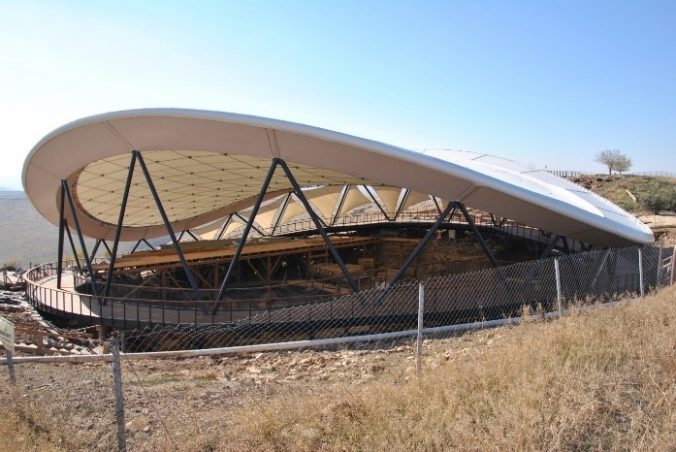








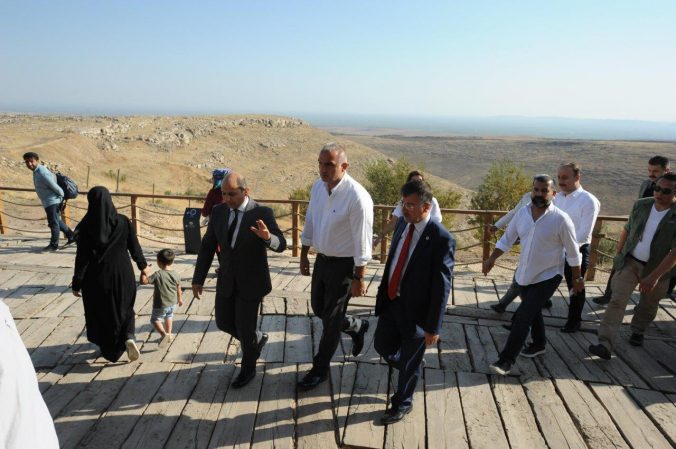
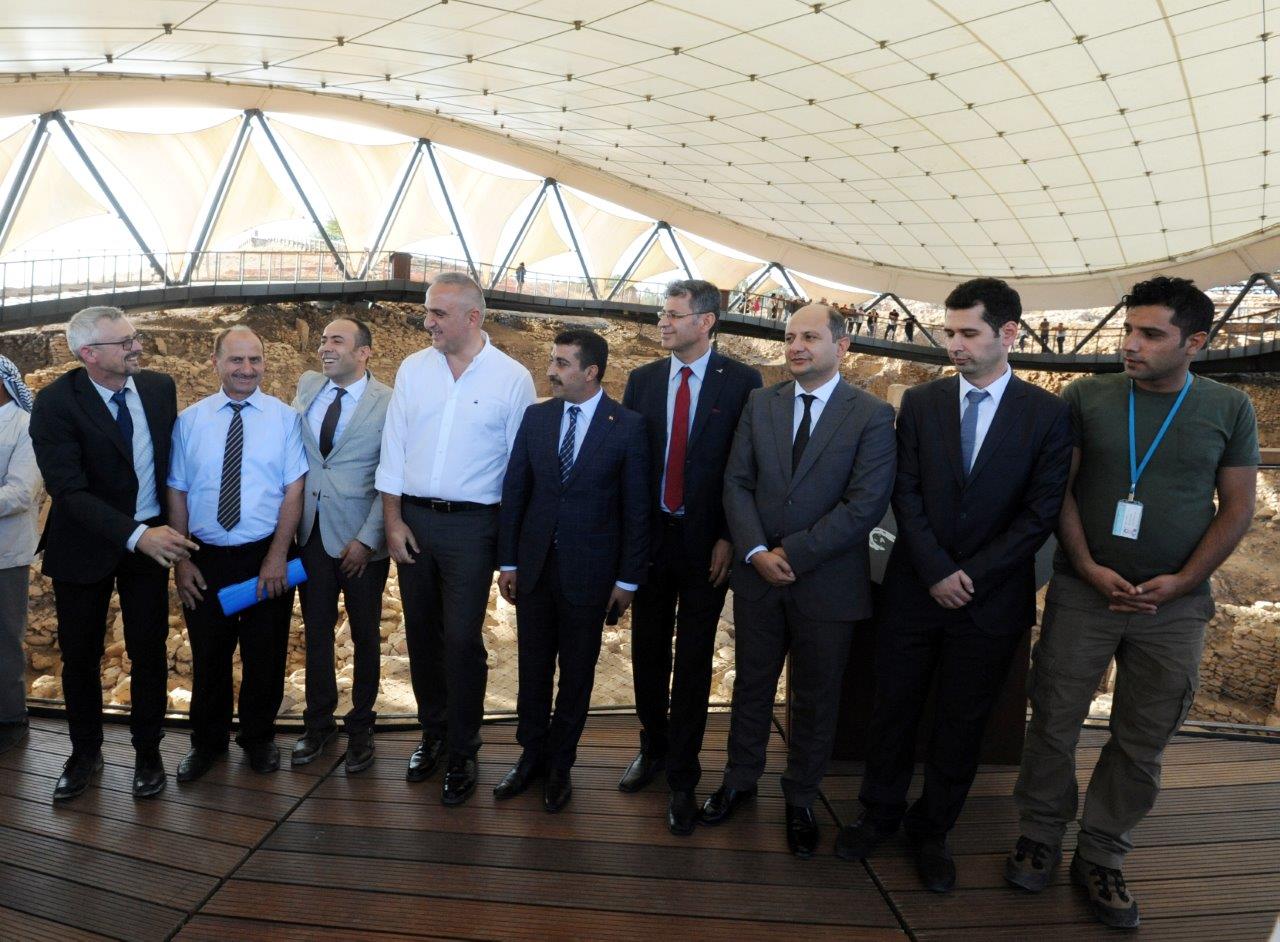
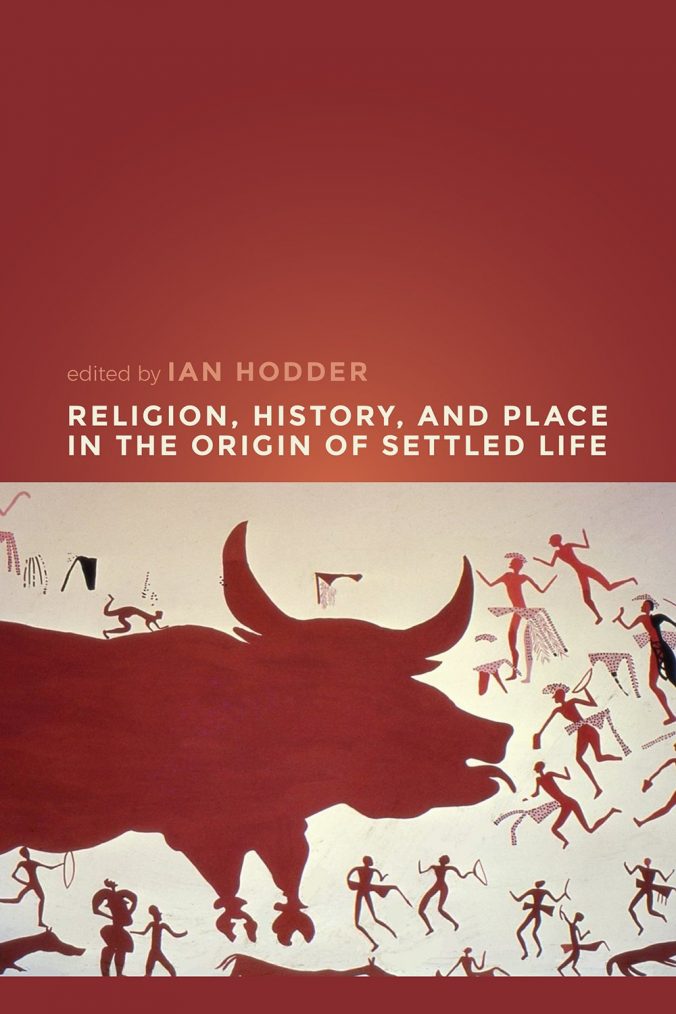
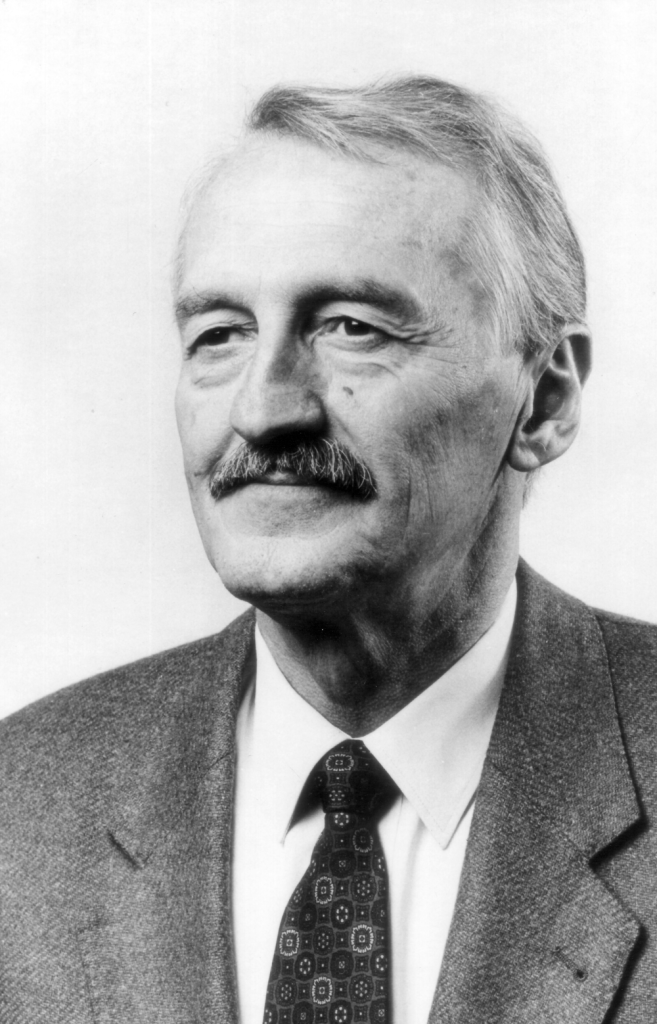
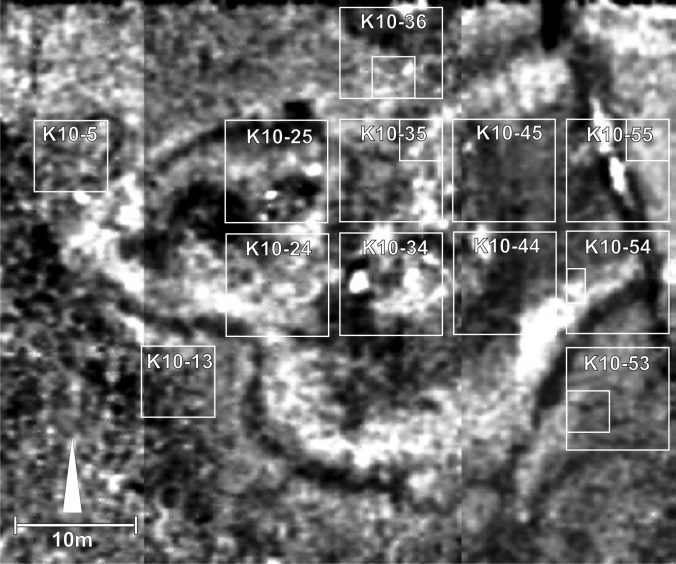

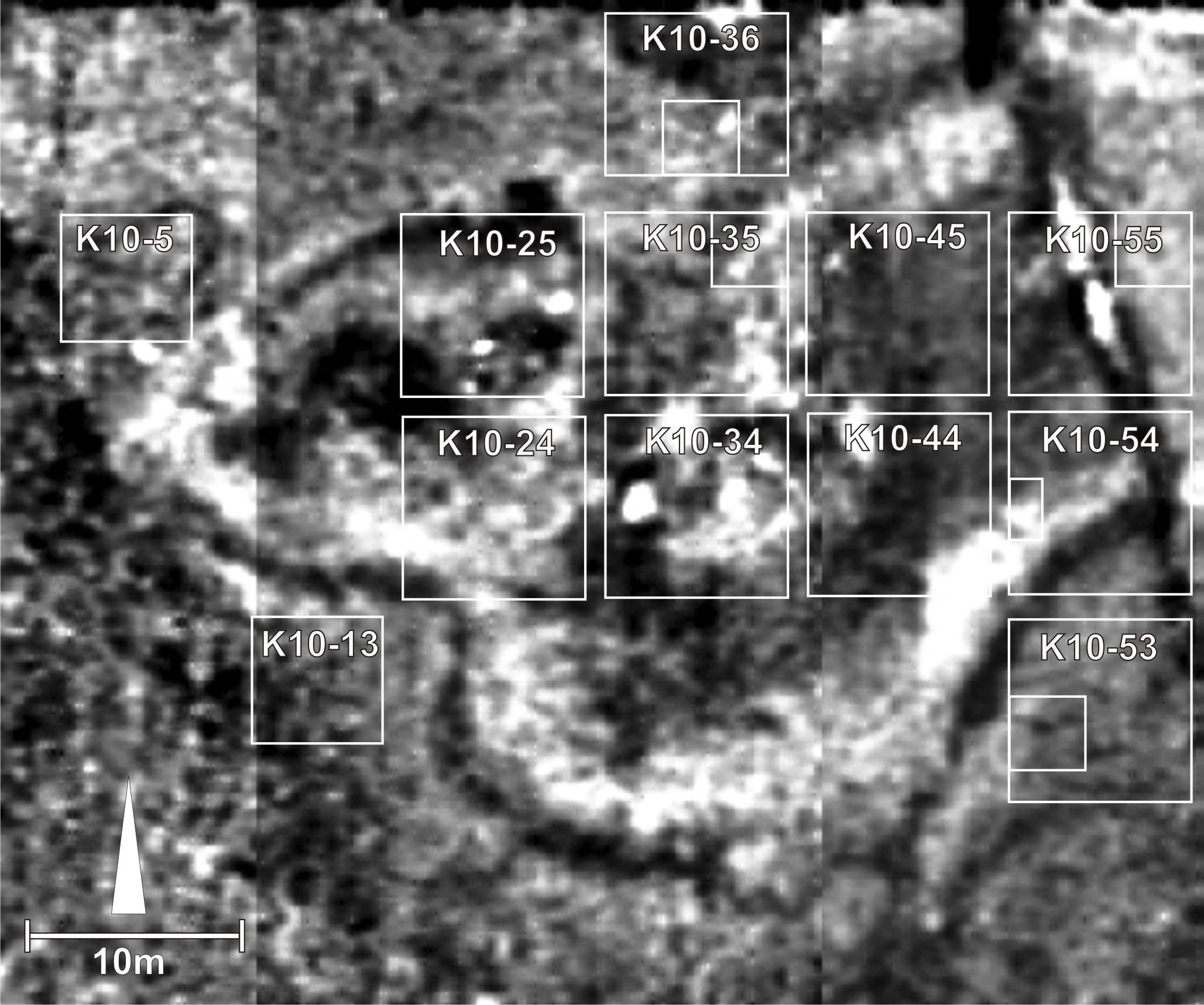
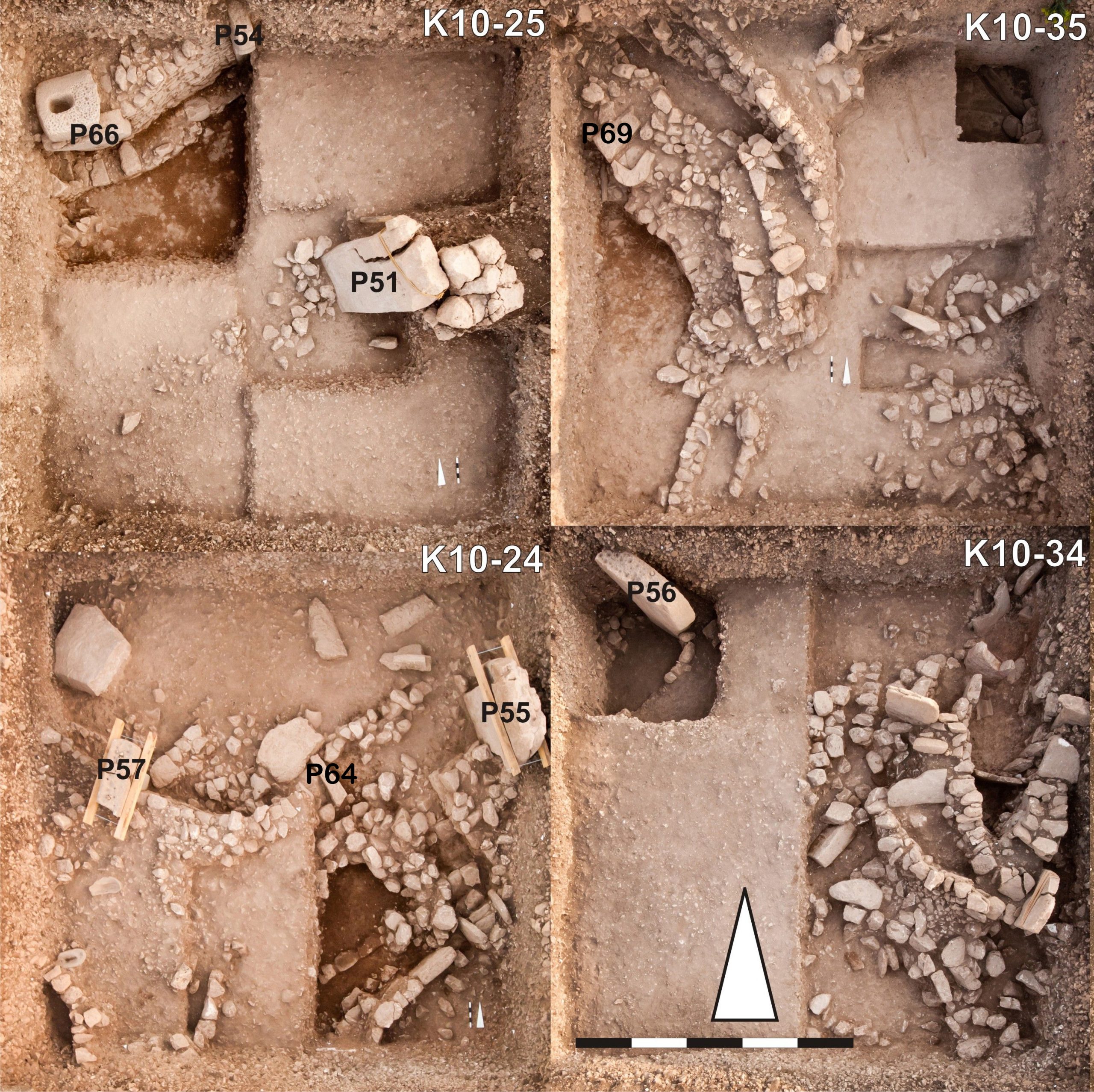
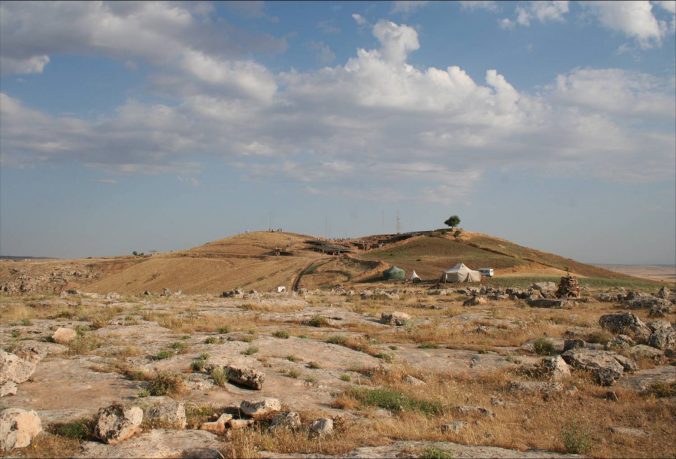
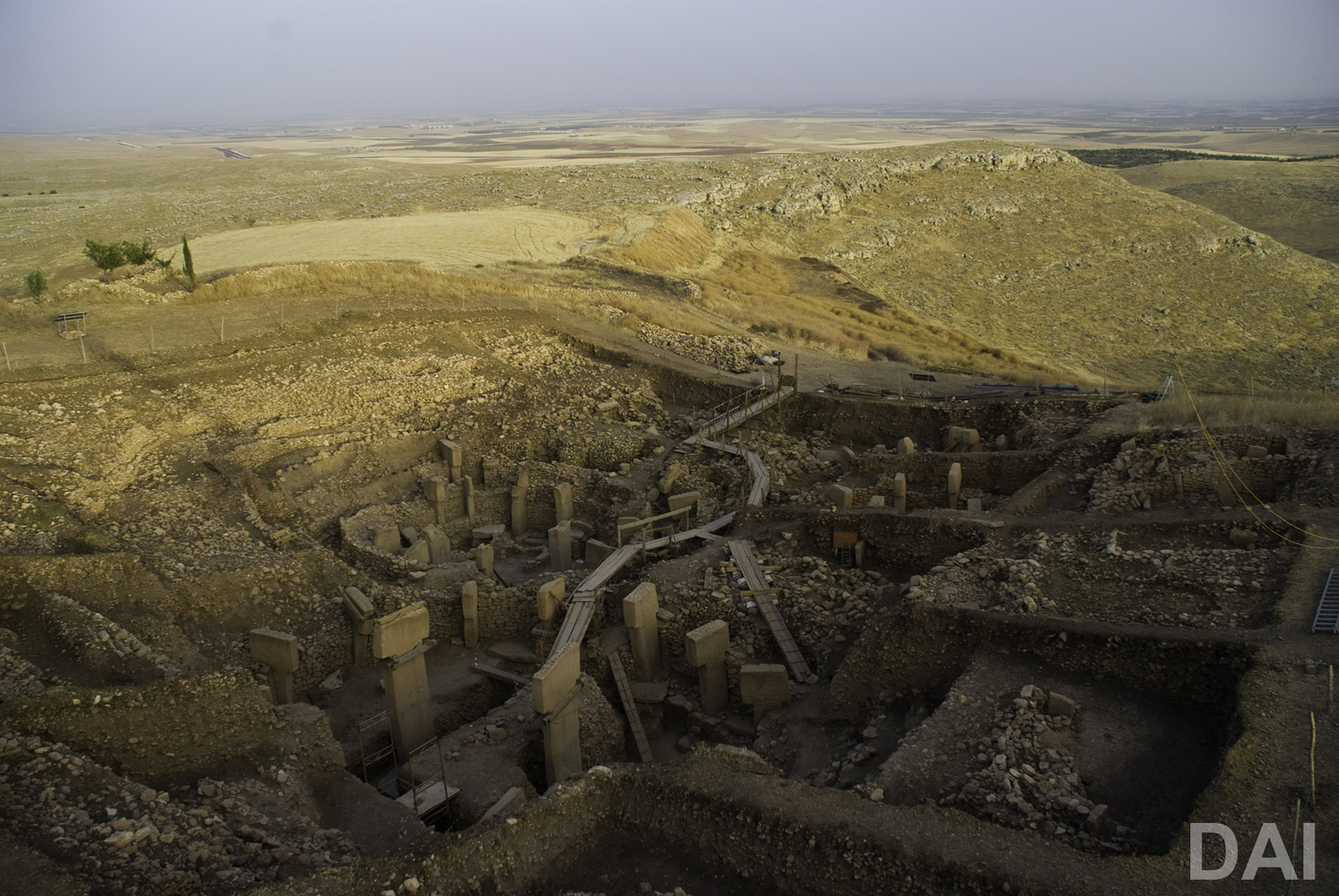

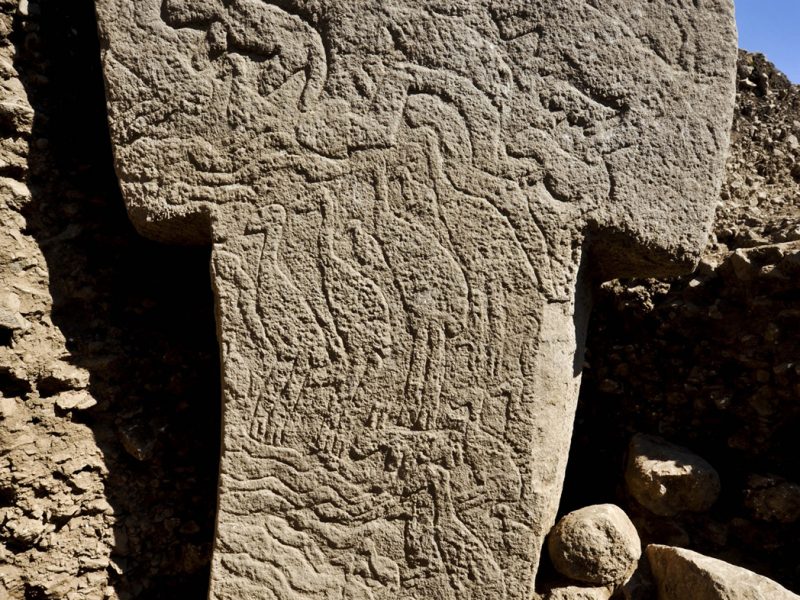
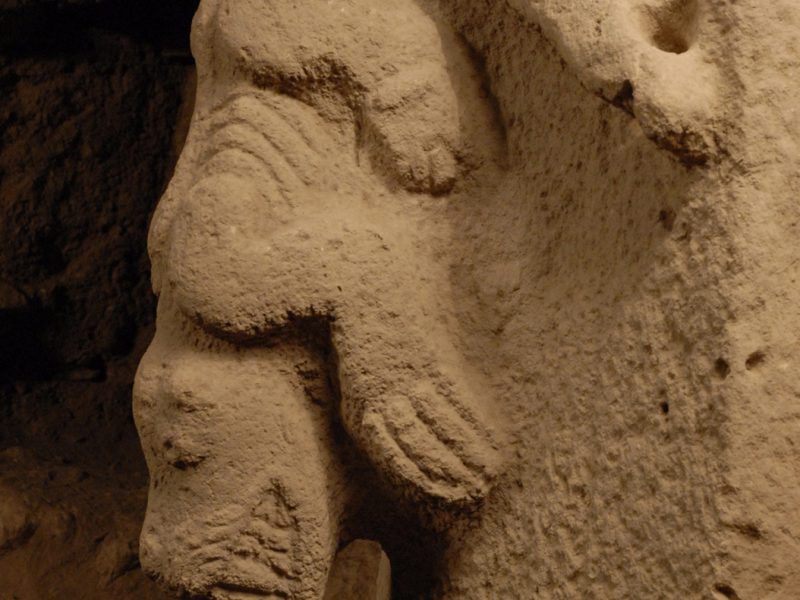
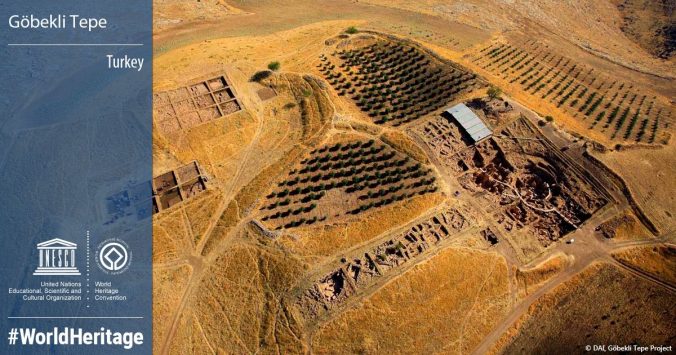

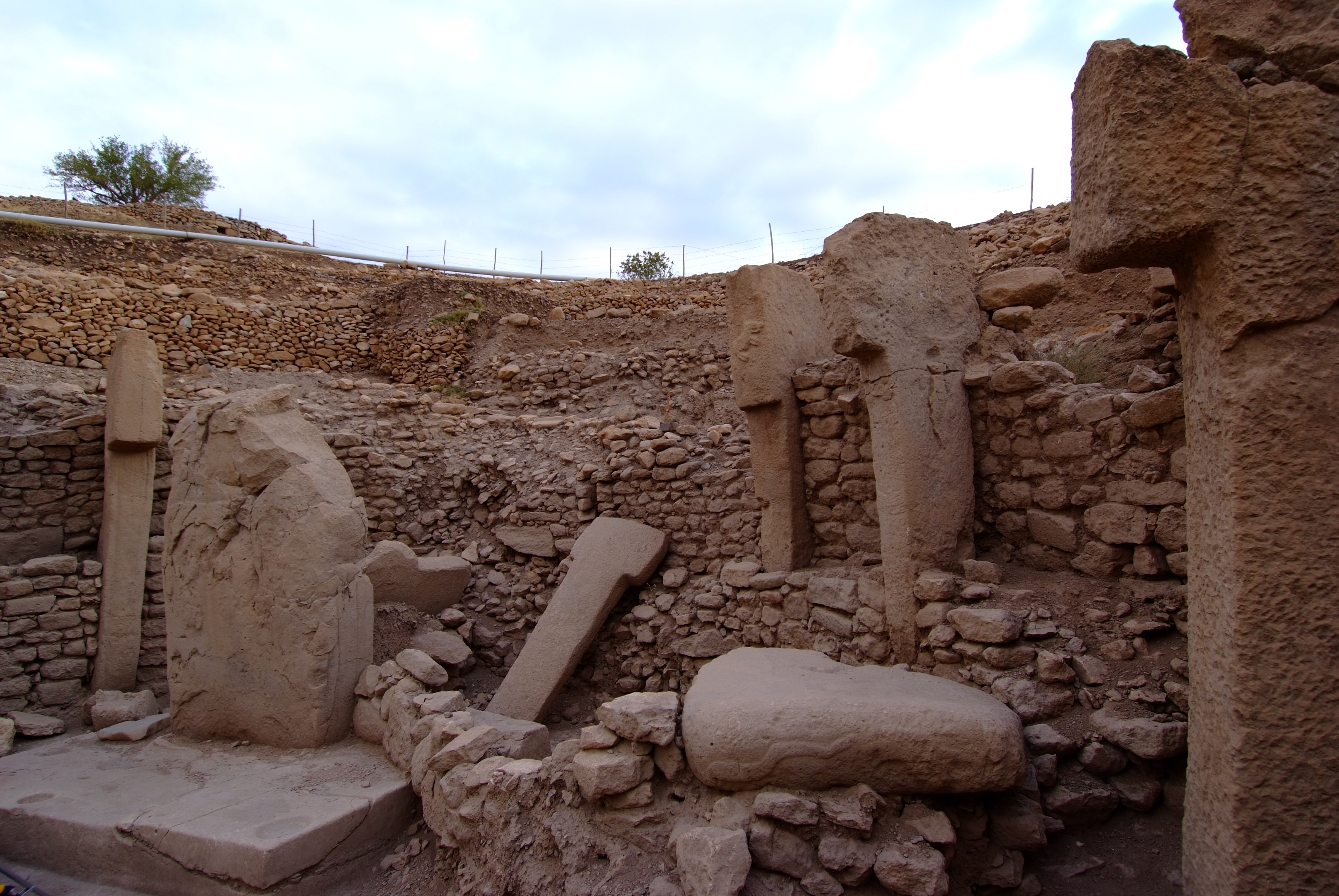


Recent Comments